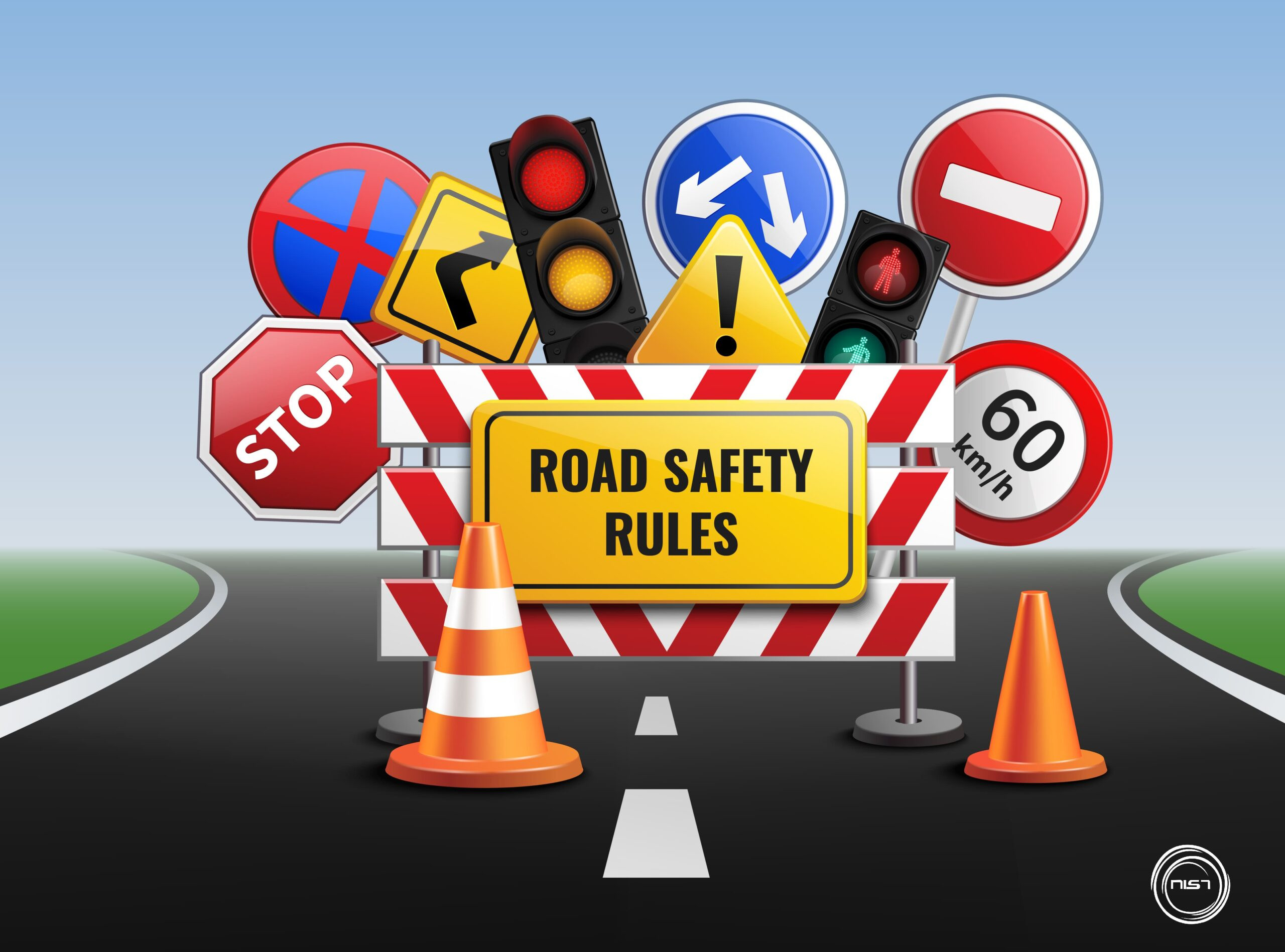Introduction
Safe driving is crucial for everyone on the road, from new learners to seasoned drivers. Here’s a deeper dive into what it means to drive safely and how you can adopt these practices, especially if you're a young or new driver enrolled in a program like Teen Drivers Ed at Get Drivers Ed.
Understanding Safe Driving
Safe driving goes beyond obeying traffic laws and road signs—it involves being aware of your surroundings, anticipating potential hazards, and making adjustments to ensure not only your safety but also that of others on the road.
Key Aspects of Safe Driving
1. Defensive Driving:
This means being prepared to react to other drivers. It's not just about your actions but anticipating the errors of others. Defensive driving courses, often part of drivers ed programs, teach techniques to reduce risks and emphasize the importance of patience and alertness.
2. Avoiding Distractions:
Distractions are a major cause of accidents, particularly among young drivers. Safe driving involves minimizing distractions like mobile phones, complex car controls, or activities that take your focus off the road.
3. Adapting to Weather Conditions:
Safe drivers adjust their driving according to weather conditions. This includes reducing speed during rain, fog, or snow, and using lights appropriately to ensure visibility.
4. Regular Vehicle Maintenance:
Keeping your vehicle in good working order is part of safe driving. Regular checks on brakes, tire pressures, and engine fluids can prevent breakdowns and accidents caused by vehicle malfunctions.
5. Practicing Sobriety:
Driving under the influence of alcohol or drugs is dangerous and illegal. Safe driving involves being sober and alert, understanding that substances severely impair judgment and reaction times.
Safe Driving and Teen Drivers Ed
For teen drivers, learning safe driving habits from the start is essential. Programs like Teen Drivers Ed at Get Drivers Ed focus heavily on instilling safe driving practices through both theoretical knowledge and practical training. Here’s how such programs make a difference:
Educational Materials:
Teens receive up-to-date materials on the latest road safety rules and driving techniques, preparing them to handle various driving scenarios.
Behind-the-Wheel Training:
Nothing beats real-world practice. Teen Drivers Ed includes supervised driving sessions where teens can apply safe driving techniques under the guidance of experienced instructors.
Parental Involvement:
Many programs encourage parents to participate in their teen's driving education. This helps reinforce learning and ensure that good driving habits are continued beyond the classroom. Parents are provided with resources and tips on how to practice driving with their teens, which is crucial for developing skilled, confident drivers.
Building Confidence:
By mastering safe driving techniques, teens build confidence. Confident drivers are often safer drivers because they make less panicked decisions and can handle stressful situations on the road more effectively.
Conclusion
Safe driving is a lifelong commitment. For teen drivers, starting with a solid foundation in safe driving practices is crucial. Through programs like Teen Drivers Ed at Get Drivers Ed, teens can learn the importance of safety on the road and develop habits that will protect them and others for years to come. Whether you’re a teen just starting out or a parent looking to enroll your child in a driving course, emphasizing safety is key to a successful driving experience.
Safe driving isn’t just about avoiding fines or demerits—it’s about maintaining a responsibility to yourself and every other person you share the road with.


